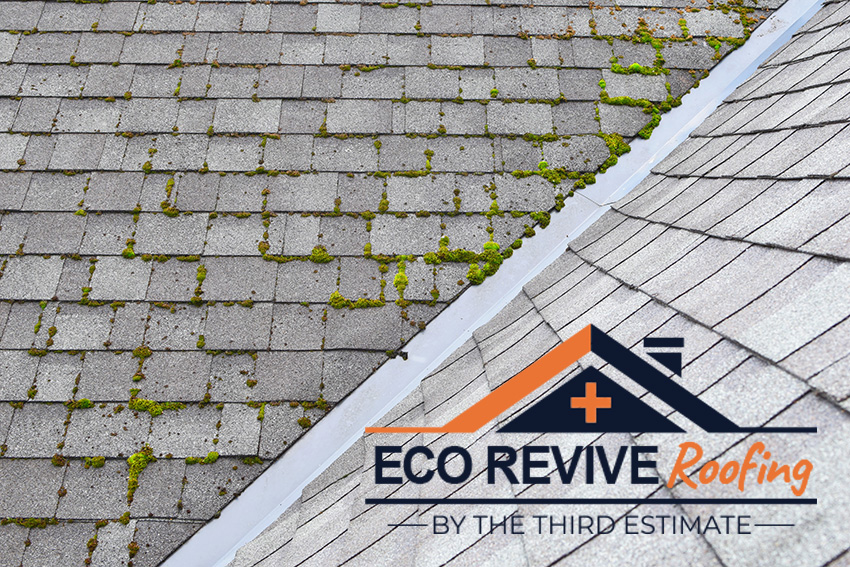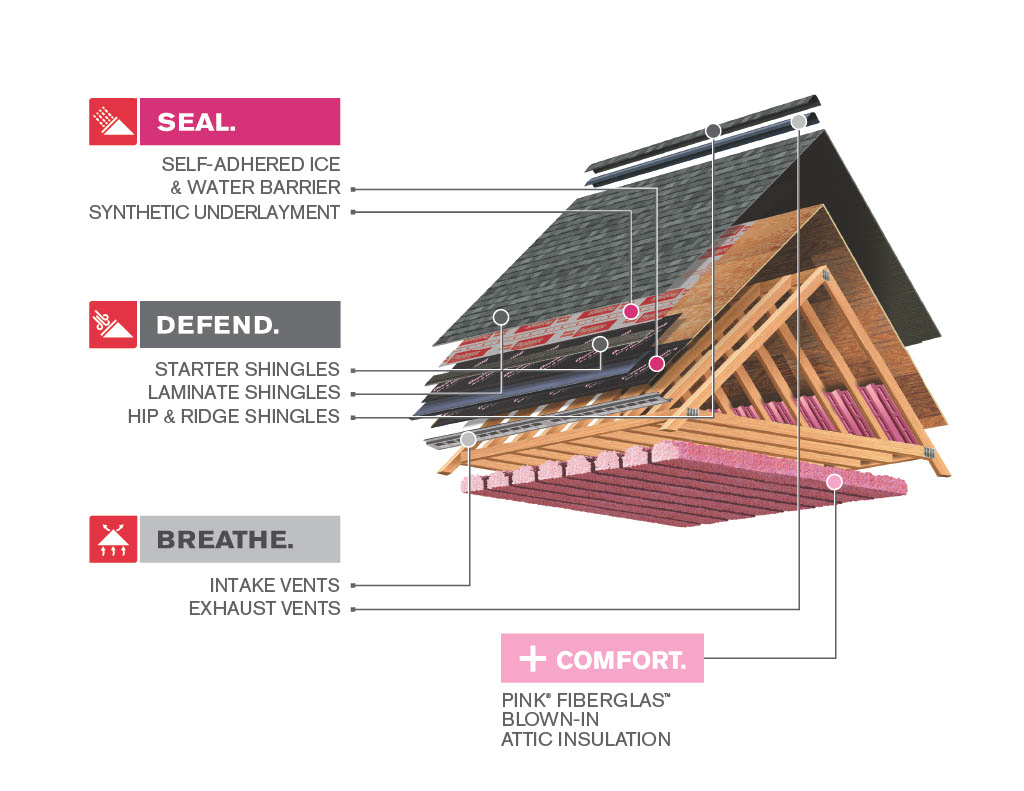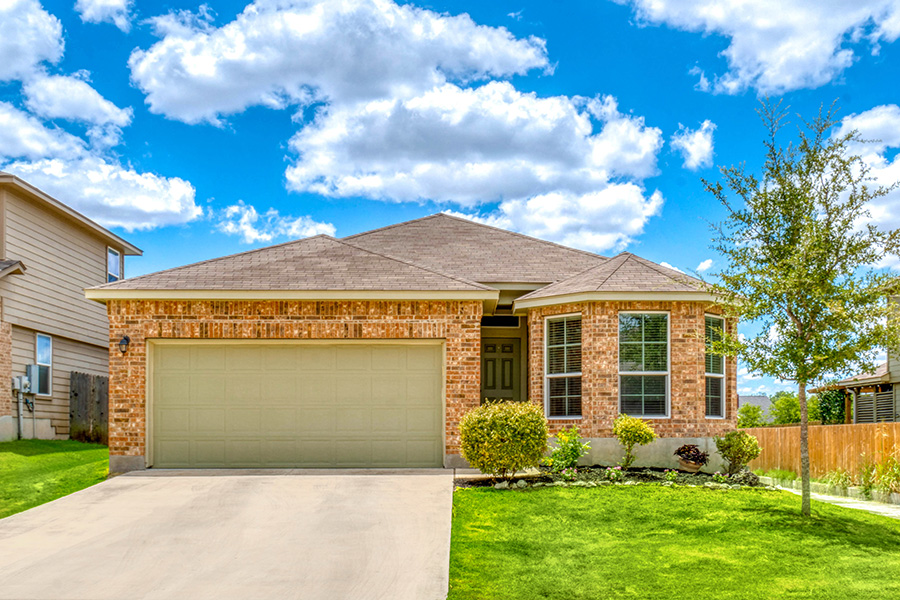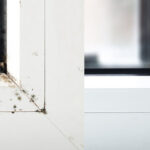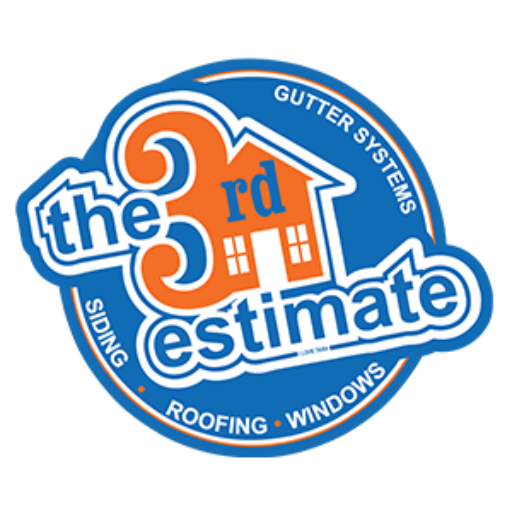There are many factors that can take a toll on the number of years a new roof should last. For starters, roofing shingles have expected lifespans. If your roof is nearly the end of its anticipated duration, it may be time to replace it. Furthermore, if there is significant damage to the roof, its longevity can decrease. Continuously damaged shingles or roofing materials can lead to a less energy-efficient home.
Age of the roof
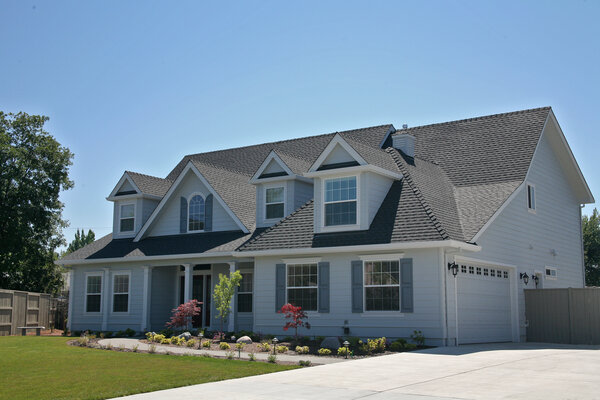
Different types of shingles have varying lifespans. For instance, asphalt shingles have a duration of 15 to 25 years. On the other hand, metal materials can last up to 40 to 70 years. When shingles are near the end of their expected lifespan, it is important to contact a professional contractor to discuss a replacement plan rather than neglect the aged materials.
Extensive Damage
One of the main jobs of a roof is to protect the interior of the house. It can become damaged through the years due to extreme weather conditions, such as wind and hail. When shingles become damaged, they must be replaced immediately to reduce the potential for ongoing damage.
Common signs that your roof may be damaged include:
- Water stains on the ceiling
- Moss or algae growth on the roof
- Shingle damage like cracking, curling and peeling
- Indoor leaks
- Missing shingles
Energy Efficiency
Have you noticed that your energy bills have increased over the past couple of years? Well, it might be time for a new roof. A full replacement can help regulate the temperature inside the house. Also, it will result in a more energy-efficient home, thus helping you to cut down on your monthly energy bills.
Ways to Increase the Longevity
Although roof replacement is inevitable, there are ways to help prevent the immediate need for repair. One way to make sure your roof stays in good shape is to perform regular roof maintenance. For instance, cleaning the debris from the gutters and clearing sticks off the shingles can help prevent ongoing damage to roofing materials.
Additionally, when it comes to snowy weather, it is imperative to remove the snow with a snow rake. It can cause ice dams that prevent water from running into the gutter.
When doing maintenance checks on a roof, be sure to remove leaves, moss and mold. This keeps the moisture away from the roofing materials. The constant moisture from the moss and mold can lead to bacterial build-up on the shingles, which can lead to damage and decay. To get rid of the moss or mold, use gentle cleaning tools rather than harsh power tools.
However, it is not recommended to clean shingles with a power washer because the high-pressure stream can easily damage the roof. The fast stream of water can dislodge the shingles from the structure. It can also cause the shingles to become fragile and cracked.
In conclusion, the lifespan can vary depending on the age, damage, or impact of energy efficiency. Staining in the ceiling, moss, algae growth, and leaks are a few of the common signs that your roof needs to be replaced. However, doing regular maintenance checks, cleaning debris off the exterior of your home, and washing the shingles with gentle tools can prevent damage. To replace your roof in a timely and safe manner, contact a reputable contractor to discuss its condition and a possible replacement plan.

